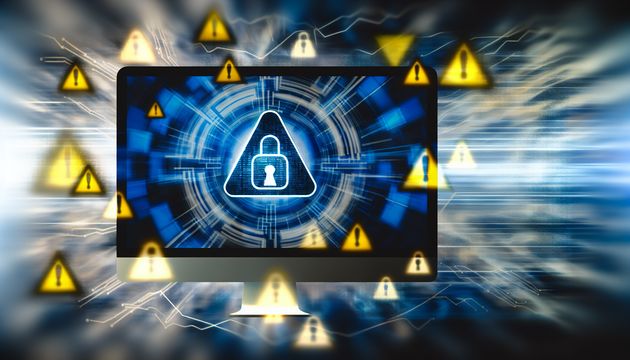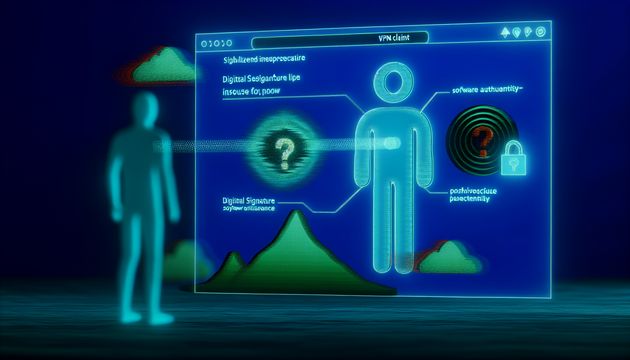
Lessons from the Ascension Data Breach: Strengthening Healthcare Cybersecurity
The Ascension data breach serves as a stark reminder of the vulnerabilities inherent in healthcare systems, particularly those involving third-party software. This breach, which exposed sensitive patient information to a former business partner, underscores the critical need for healthcare organizations to thoroughly vet and continuously monitor their third-party vendors (CRN). The incident affected over 430,000 patients, highlighting the extensive impact such vulnerabilities can have on patient data security (BleepingComputer). Additionally, the breach was compounded by a Clop ransomware attack, exploiting a zero-day flaw—a previously unknown vulnerability—in Cleo secure file transfer software, further illustrating the persistent threat of ransomware in the healthcare sector (BleepingComputer).
Implications for Healthcare Cybersecurity
Increased Vulnerability Due to Third-Party Software
The Ascension data breach highlights the significant vulnerabilities that can arise from third-party software within healthcare systems. The breach occurred when Ascension inadvertently disclosed patient information to a former business partner, which was subsequently exploited due to a vulnerability in third-party software (CRN). This incident underscores the critical need for healthcare organizations to thoroughly vet and continuously monitor third-party vendors and their software solutions. The breach affected over 430,000 patients, showcasing the extensive impact that third-party vulnerabilities can have on patient data security (BleepingComputer).
The Role of Ransomware in Healthcare Breaches
Ransomware attacks continue to pose a severe threat to healthcare cybersecurity, as demonstrated by Ascension’s experiences. In addition to the data breach involving third-party software, Ascension was also affected by a widespread Clop ransomware attack, which exploited a zero-day flaw in Cleo secure file transfer software (BleepingComputer). This incident, along with a previous Black Basta ransomware attack in May 2024, illustrates the persistent threat of ransomware to healthcare organizations. The May 2024 attack forced Ascension to revert to manual processes, highlighting the operational disruptions that can result from such incidents (TechTarget).
Legal and Regulatory Challenges
The Ascension data breach has led to legal challenges, including proposed class actions alleging violations of common law, contract law, industry standards, and federal regulations such as the Health Insurance Portability and Accountability Act (HIPAA) (Bloomberg Law). These legal proceedings underscore the complex regulatory landscape that healthcare organizations must navigate in the wake of a data breach. Compliance with regulations like HIPAA is crucial, and breaches can result in significant legal and financial repercussions. The lawsuits against Ascension highlight the importance of maintaining robust cybersecurity measures to protect patient data and avoid regulatory penalties.
Impact on Patient Trust and Organizational Reputation
Data breaches can severely impact patient trust and the reputation of healthcare organizations. Ascension’s breach exposed sensitive personal and medical information, including Social Security numbers, addresses, and clinical data (The Register). Such incidents can erode patient confidence in an organization’s ability to safeguard their information. To mitigate these effects, Ascension has offered two years of free identity monitoring services to affected individuals, including credit monitoring and identity theft restoration (BleepingComputer). However, rebuilding trust requires more than just remedial actions; it necessitates a commitment to transparency and improved cybersecurity practices.
Strategies for Enhancing Cybersecurity Resilience
In response to the breach, Ascension has taken steps to enhance its cybersecurity resilience. The organization is reportedly improving its systems and has issued an apology to affected individuals (The Register). To prevent future incidents, healthcare organizations must adopt a proactive approach to cybersecurity. Think of it like fortifying a castle: you need strong walls, vigilant guards, and a plan for unexpected attacks. This includes implementing comprehensive risk assessments, investing in advanced threat detection technologies, and fostering a culture of cybersecurity awareness among employees. Additionally, organizations should prioritize the security of third-party vendors and ensure that they adhere to stringent cybersecurity standards. By taking these measures, healthcare organizations can better protect patient data and maintain operational continuity in the face of evolving cyber threats.
Emerging Technologies and Their Risks
As healthcare organizations increasingly adopt emerging technologies like AI and IoT, they must also be aware of the new risks these technologies bring. AI can enhance data analysis and patient care, but it also introduces potential vulnerabilities if not properly secured. Similarly, IoT devices can improve healthcare delivery but may serve as entry points for cyberattacks if not adequately protected. Organizations must ensure that these technologies are integrated with robust security measures to prevent exploitation by cybercriminals.
Final Thoughts
The Ascension data breach not only highlights the vulnerabilities in healthcare cybersecurity but also emphasizes the importance of robust legal and regulatory compliance. The legal challenges faced by Ascension, including proposed class actions for violations of HIPAA, underscore the complex regulatory landscape healthcare organizations must navigate (Bloomberg Law). Beyond legal implications, the breach has significantly impacted patient trust and organizational reputation, with Ascension offering identity monitoring services to affected individuals as a remedial measure (BleepingComputer). To prevent future incidents, healthcare organizations must adopt proactive cybersecurity strategies, including comprehensive risk assessments and advanced threat detection technologies, to protect patient data and maintain operational continuity (The Register).
References
- CRN. (2025). Ascension data breach: Patient information likely stolen after inadvertently being shared with former business partner. https://www.crn.com/news/security/2025/ascension-data-breach-patient-information-likely-stolen-after-inadvertently-being-shared-with-former-business-partner
- BleepingComputer. (2025). Ascension says recent data breach affects over 430,000 patients. https://www.bleepingcomputer.com/news/security/ascension-says-recent-data-breach-affects-over-430-000-patients/
- Bloomberg Law. (2025). Ascension Health sued over second data breach in eight months. https://news.bloomberglaw.com/litigation/ascension-health-sued-over-second-data-breach-in-eight-months
- The Register. (2025). Ascension cyberattack. https://www.theregister.com/2025/05/01/ascension_cyberattack/



